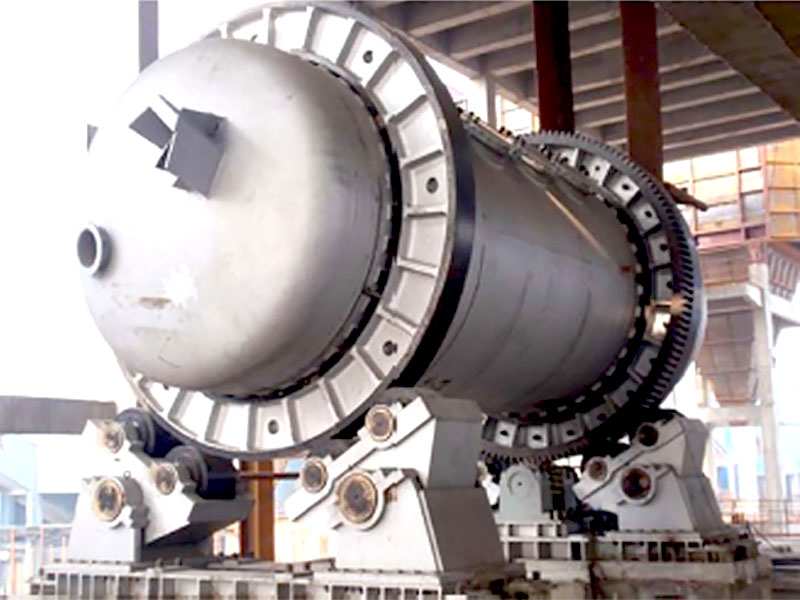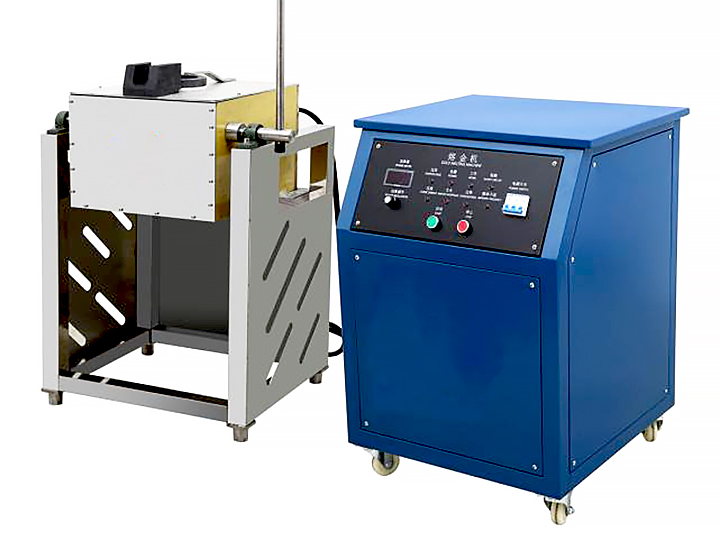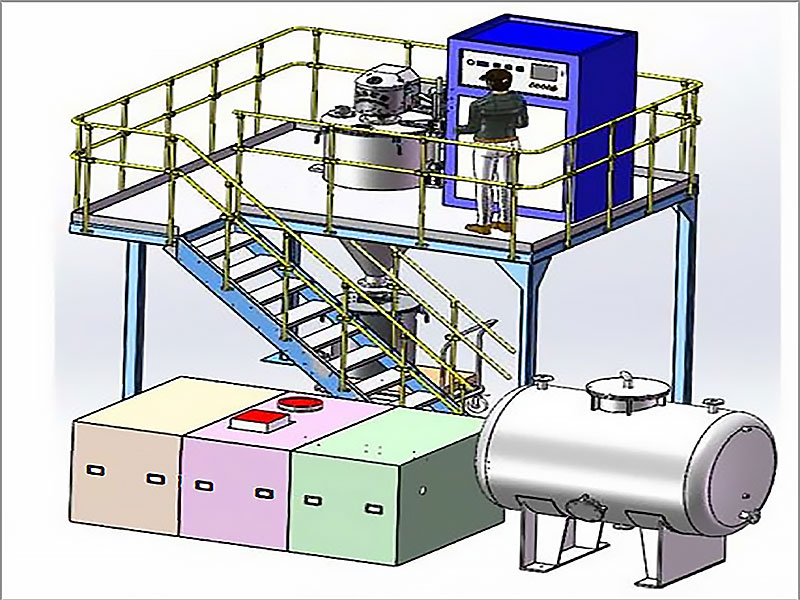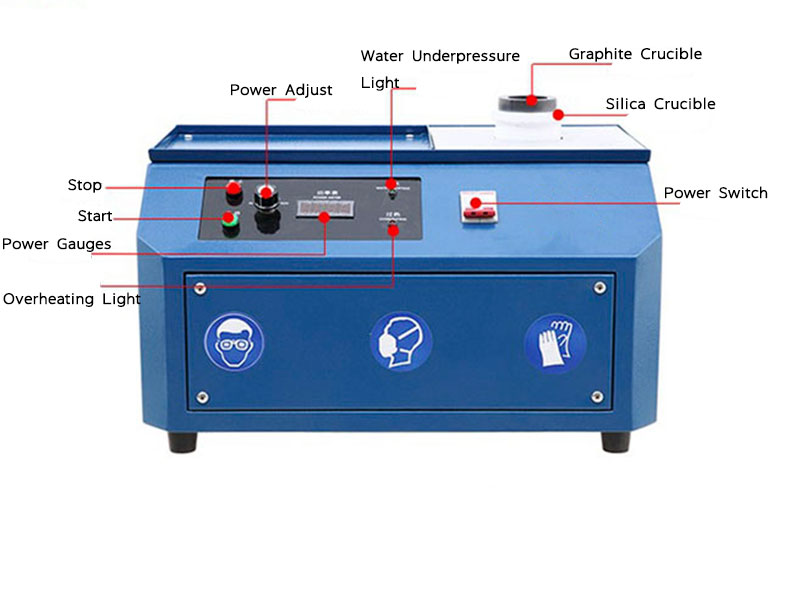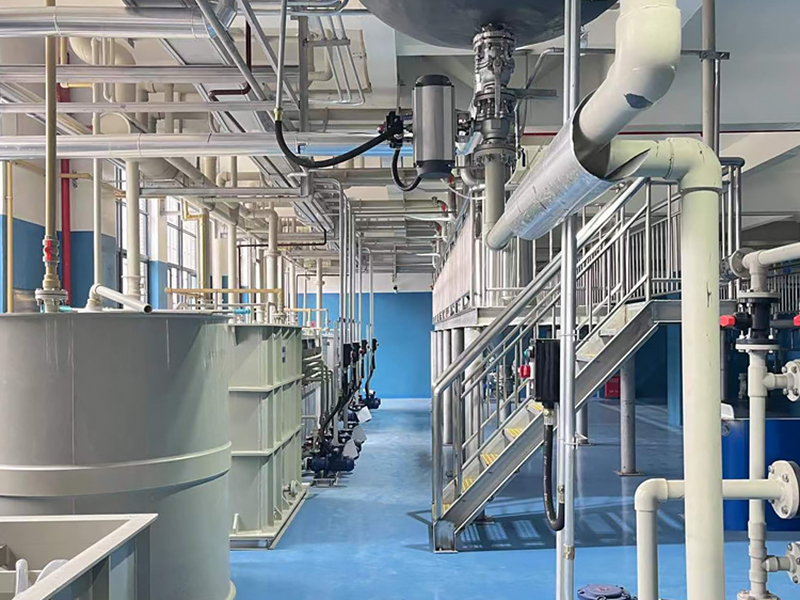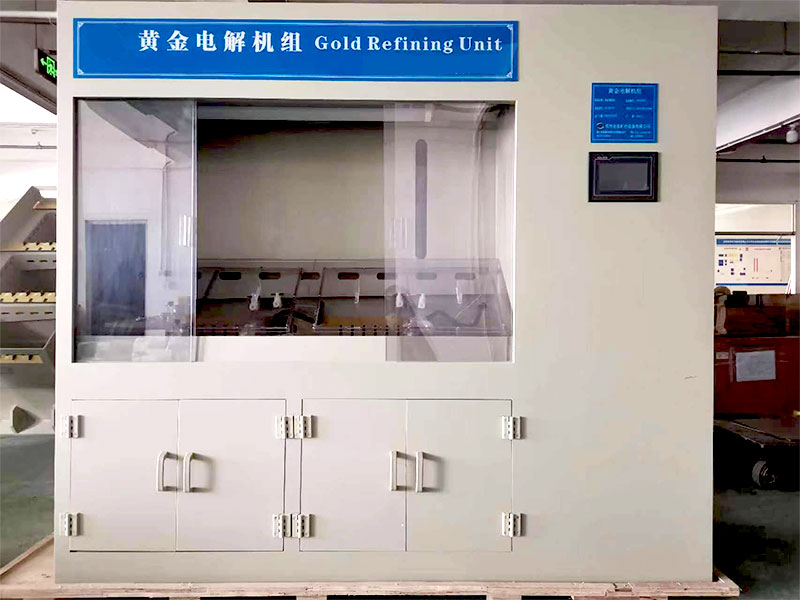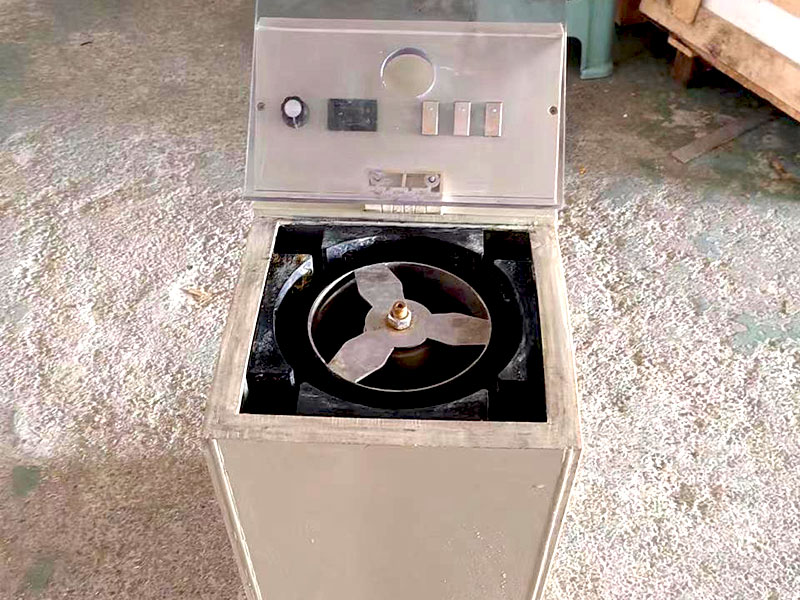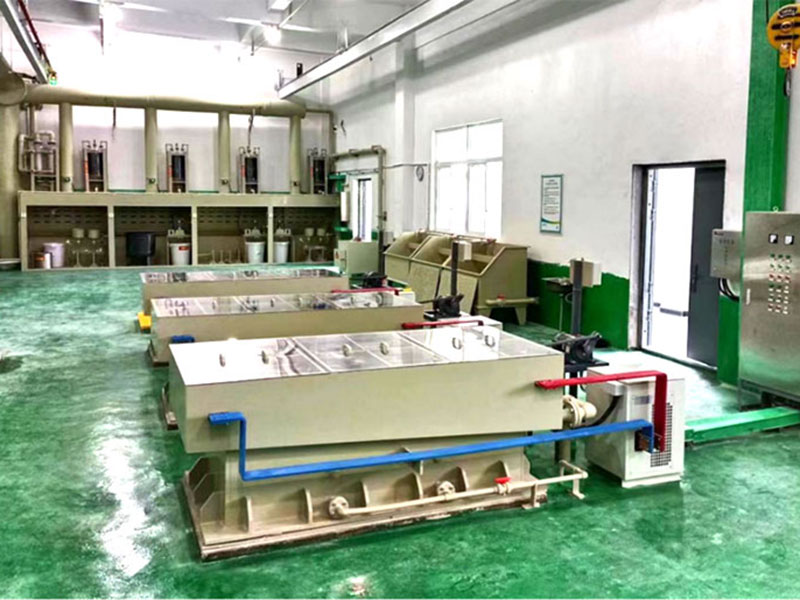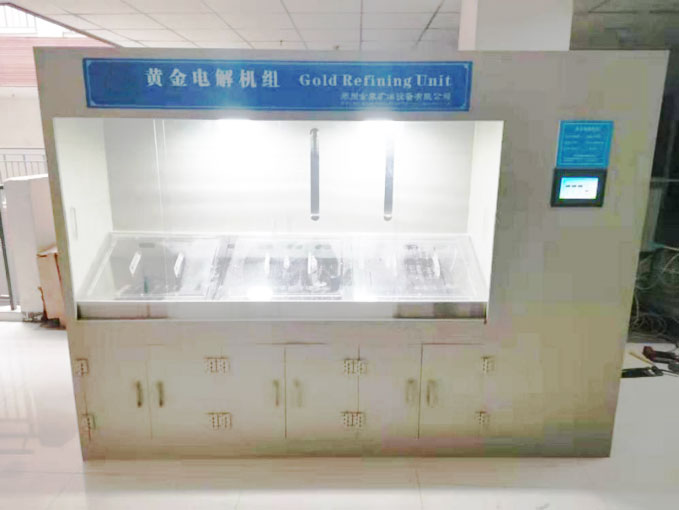silver refining equipment
Understanding Silver Refining Equipment: Tools for Precision and Purity
Silver refining equipment is essential for extracting pure silver from raw materials such as ore, scrap, or other silver-containing items. The quality and efficiency of this equipment play a crucial role in ensuring high levels of purity in the refined silver. In this article, we will explore the different types of silver refining equipment, their functions, and the importance of choosing the right tools for the job.
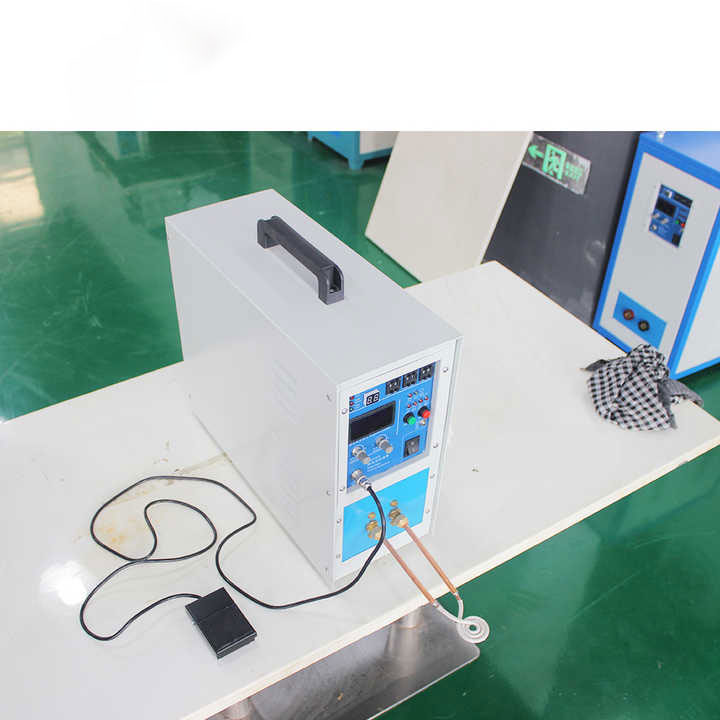
What is Silver Refining Equipment?
Silver refining equipment refers to the machinery, tools, and devices used in the process of purifying silver. Refining silver involves separating the silver from impurities and other metals to produce pure silver, which can be used in industries such as jewelry making, electronics, and investment products like bullion.
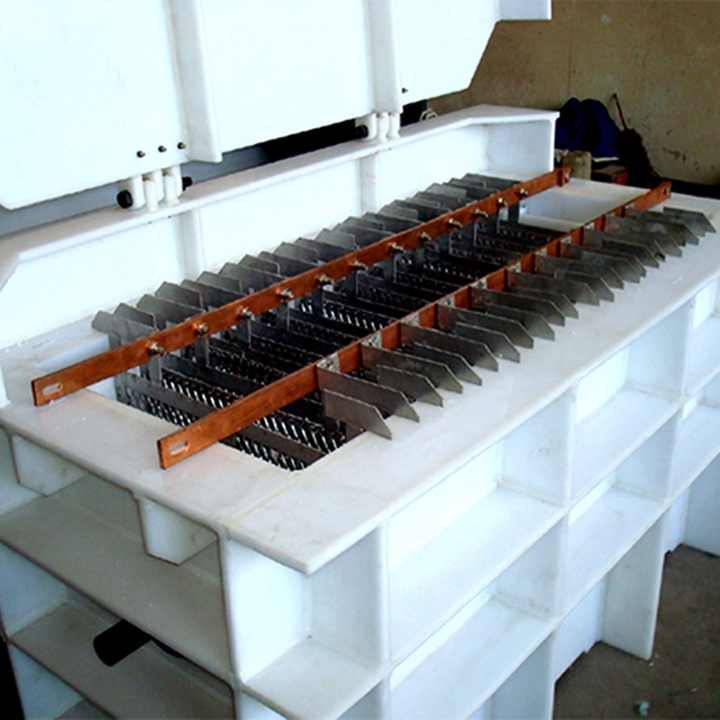
Key Types of Silver Refining Equipment
There are several types of equipment commonly used in the silver refining process, each designed to handle different stages of refining.
1. Crucibles and Smelting Pots
Crucibles and smelting pots are essential for melting silver. These heat-resistant containers are used to hold the silver as it is heated to its melting point. Silver refining often begins with smelting, which involves heating the metal to remove impurities. Crucibles made from materials like graphite or ceramic are used to withstand high temperatures without contaminating the silver.
2. Furnaces
Furnaces are a critical piece of silver refining equipment. They generate the high temperatures needed to melt silver and remove base metals. Modern furnaces, such as induction or electric arc furnaces, offer precise temperature control, allowing refiners to maintain the ideal conditions for smelting and refining. These furnaces also reduce the loss of silver during the process and increase overall efficiency.
3. Electrolytic Cells
One of the most advanced pieces of silver refining equipment is the electrolytic cell. This device uses an electric current to purify silver through electrolysis. Silver is placed in an electrolytic solution where it dissolves and is then redeposited as pure silver onto a cathode. This method is highly effective for achieving high-purity silver and is commonly used by large-scale refiners.
4. Acid Refining Equipment
Acid refining is another popular method of silver refining, and it requires specialized equipment such as acid tanks, filters, and fume hoods. In this process, nitric acid is used to dissolve silver and other base metals, leaving impurities behind. The dissolved silver is then precipitated out of the solution and recovered. The use of acid refining equipment requires careful handling due to the corrosive nature of the chemicals involved.
5. Filtering and Precipitation Tools
After refining, silver must be separated from the refining solution. Filtering systems and precipitation equipment help extract the pure silver from any residual substances. Filters are used to remove solid impurities, while chemical precipitants are added to the solution to cause silver to settle out for easy recovery.
Factors to Consider When Choosing Silver Refining Equipment
Choosing the right silver refining equipment is vital for achieving efficient and high-quality results. Here are some key factors to consider:
1. Type of Refining Method
The type of silver refining method you choose will determine the equipment you need. For example, if you plan to use an electrolytic refining process, you will require an electrolytic cell, whereas acid refining will necessitate tanks, filters, and fume hoods. It’s important to match your equipment to the refining process you intend to use.
2. Capacity and Scale
Consider the scale of your refining operation when selecting equipment. If you are refining small amounts of silver at home, a simple furnace and crucible setup may be sufficient. However, for industrial-scale refining, larger and more advanced equipment, such as industrial furnaces and electrolytic cells, will be necessary to handle large quantities of silver efficiently.
3. Cost and Budget
The cost of silver refining equipment can vary significantly depending on the type and scale of the equipment. High-end furnaces and electrolytic cells are more expensive but offer greater precision and efficiency. When selecting equipment, it’s important to balance your budget with your refining goals and the quality of silver you wish to produce.
4. Safety and Compliance
Safety is a critical consideration when refining silver, especially when using high-temperature furnaces or working with acids and chemicals. Be sure to invest in equipment that meets safety standards and comes with proper ventilation systems, such as fume hoods, to protect against harmful fumes. Additionally, refining equipment should comply with environmental regulations for proper disposal of waste materials.
Benefits of Using Quality Silver Refining Equipment
Investing in high-quality silver refining equipment offers several advantages for both small-scale and industrial refiners:
1. Higher Purity Levels
Quality refining equipment allows for better control over the refining process, leading to higher purity levels in the refined silver. Equipment like electrolytic cells and precise furnaces ensures that impurities are thoroughly removed, resulting in silver of exceptional quality.
2. Increased Efficiency
Modern silver refining equipment is designed to improve efficiency by minimizing silver loss and reducing processing time. This is especially important for businesses that need to process large volumes of silver quickly and cost-effectively.
3. Better Safety Standards
High-quality equipment comes with advanced safety features, reducing the risk of accidents during refining. Furnaces with precise temperature controls, for example, prevent overheating, while fume hoods protect against harmful vapors during acid refining.
Silver refining equipment is essential for achieving high-purity silver, whether you’re refining small batches at home or managing a large industrial operation. By selecting the right equipment based on your refining method, scale, and budget, you can improve both the quality and efficiency of your refining process. Understanding the role of tools like furnaces, electrolytic cells, and acid tanks can help ensure that your silver refining efforts produce the best possible results.

